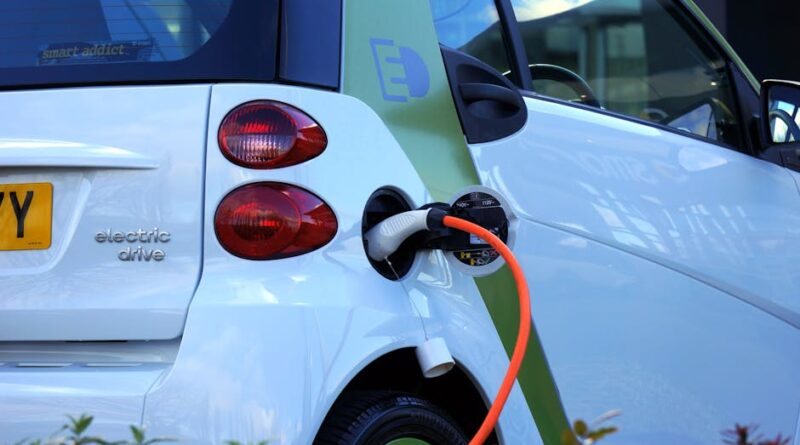The Impact of Electric Vehicles on Grid Systems
Electric vehicles (EVs) are revolutionizing the way we think about transportation. As more and more people make the switch from traditional gas-powered vehicles to EVs, the impact on our grid systems becomes increasingly important. The integration of EVs into the grid has the potential to transform the way we generate, distribute, and consume electricity. In this article, we will explore the various aspects of how EVs are impacting grid systems, from infrastructure challenges to the opportunities they present for a cleaner, more sustainable future.
The Rise of Electric Vehicles

Electric vehicles have been gaining popularity in recent years due to advancements in battery technology, government incentives, and growing concern over climate change. The shift towards EVs is seen as a key strategy in reducing greenhouse gas emissions and improving air quality in urban areas. With major automakers investing heavily in electric vehicle production, the number of EVs on the road is expected to grow exponentially in the coming years.
Challenges for Grid Systems

One of the main challenges posed by the widespread adoption of EVs is the strain it can put on existing grid infrastructure. The increased demand for electricity to charge EVs can lead to peak load issues, distribution system congestion, and the need for costly grid upgrades. Utilities must find ways to manage this increased demand while maintaining grid reliability and stability.
Smart Charging Solutions

To address the challenges of integrating EVs into the grid, smart charging solutions are being developed. These systems use advanced algorithms and data analytics to optimize charging schedules, taking into account factors such as grid capacity, renewable energy availability, and user preferences. By coordinating when and where EVs are charged, smart charging can help reduce peak demand and minimize grid impacts.
Vehicle-to-Grid Technology

Vehicle-to-grid (V2G) technology allows EVs to not only draw electricity from the grid but also feed energy back into it. This two-way flow of energy can help balance supply and demand on the grid, especially during peak periods. By leveraging the battery storage capacity of EVs, V2G systems can provide grid services such as frequency regulation, peak shaving, and load shifting.
Grid Resilience and Flexibility
The integration of EVs into the grid can enhance its resilience and flexibility. By acting as distributed energy resources, EVs can help support grid stability during emergencies or outages. Vehicle batteries can serve as backup power sources for homes, businesses, or even entire neighborhoods, reducing the impact of disruptions and improving overall grid reliability.
Sustainable Energy Integration
EVs play a crucial role in the transition to a more sustainable energy future. By charging during off-peak hours or when renewable energy sources like solar or wind are abundant, EVs can help reduce the reliance on fossil fuels and lower carbon emissions. This synergy between electric vehicles and renewable energy sources is essential for achieving a cleaner, greener grid system.
Policy and Regulation
Governments around the world are implementing policies and regulations to support the integration of EVs into grid systems. This includes incentives for EV adoption, funding for charging infrastructure, and mandates for renewable energy integration. By creating a supportive regulatory environment, policymakers can accelerate the transition to a more sustainable transportation and energy system.
Future Outlook
The future of electric vehicles and grid systems is promising. As technology continues to evolve, EVs will become more efficient, affordable, and widespread. Grid operators are actively exploring new ways to manage the integration of EVs, from dynamic pricing schemes to grid-edge intelligence. By embracing innovation and collaboration, we can build a grid system that is resilient, sustainable, and ready for the electric vehicle revolution.
Conclusion
In conclusion, the impact of electric vehicles on grid systems is profound and multifaceted. From smart charging solutions to vehicle-to-grid technology, EVs are reshaping the way we generate and consume electricity. By addressing the challenges and opportunities presented by the integration of EVs into the grid, we can create a more sustainable and resilient energy future. As we continue to drive towards a cleaner transportation system, electric vehicles will play a crucial role in shaping the grid of tomorrow.
To wrap things up, the transformation of our grid systems by electric vehicles represents a paradigm shift in how we power our world. By embracing innovation, collaboration, and sustainable practices, we can create a future where EVs and grid systems work in harmony to create a cleaner, greener, and more efficient energy ecosystem.




